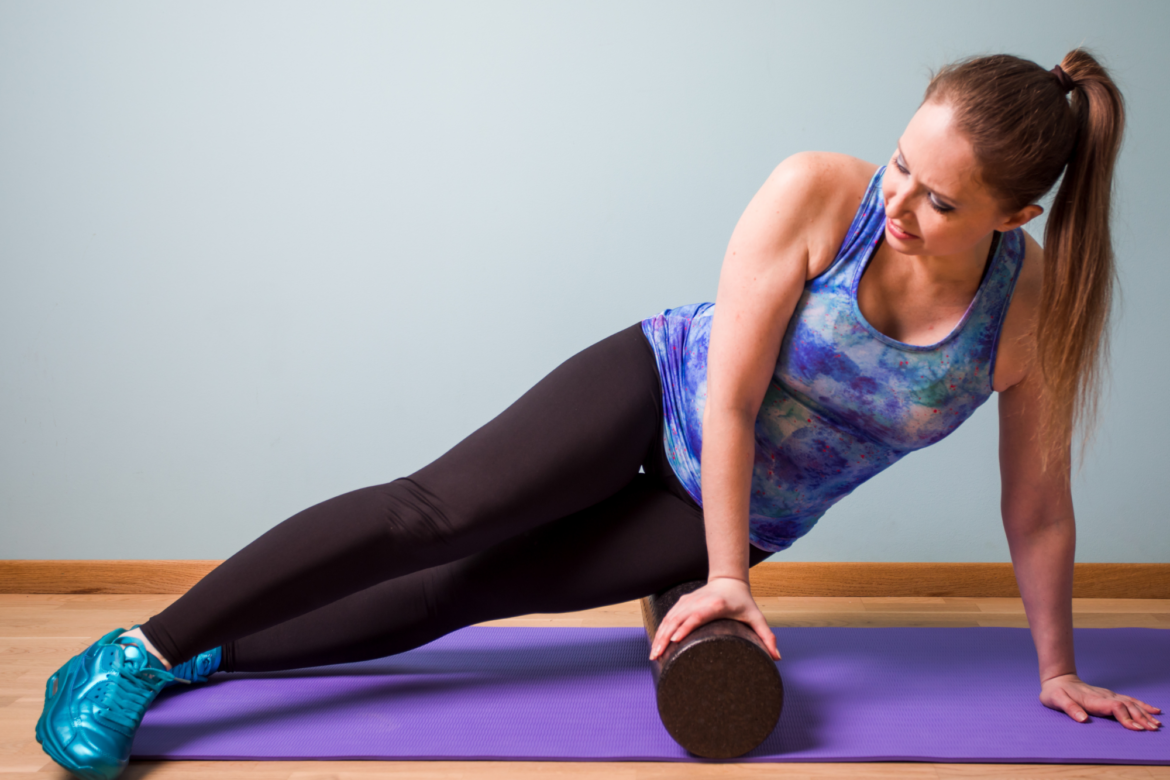Foam Rolling: Why to Avoid the Iliotibial (IT) Band
I would like to point out that foam rolling can be a beneficial tool to release muscle tension throughout certain muscles in the body. The proposed mechanism behind foam rolling is the inhibition of overactive tissue (muscle tightness). This has been proven to help reduce muscle pain, tension, and flexibility to a certain degree. I am going to explain when you should hesitate to foam roll. To understand why foam rolling the IT band is not beneficial, and, may be harmful, it is important to explain the function and makeup of this tissue.
What is the Iliotibial Band?
The IT band itself does not contain any contractile tissue like a muscle. The IT band is a thick band of fascia, made mostly of collagen. The fascia’s main function is to help with the stability of the lower extremity. It also helps to transfer forces of both the tensor fascia latae (TFL) and gluteus maximus musculature to help with knee control. Frequently, when there is inflammation, irritation, or tightness, people will take to foam rolling. Their hope is that foam rolling will reduce the pain. In this blog, I will explain why this is not always the case.
You now have a clearer understanding of the structure and function of the IT band. It was also discussed how foam rolling breaks apart adhesions and reduces tightness. We can now discuss how foam rolling along this structure could worsen your condition versus be beneficial. Some recent research has demonstrated that repetitive impact or direct pressure placed on the IT band can cause the fascia to thicken. This often results in enhanced pain and inflammation. Equipped with this knowledge, the increased pressure and stress applied by a foam roller to the IT band can negatively impact healing and progress.
What can be done?
Pain and tightness along the IT band is most commonly known as IT Band Syndrome. There are multiple factors including hip/core/lower extremity weakness, surrounding muscle tightness, poor lower extremity stability, and overuse (among other factors). A physical therapist educates on mobility and strengthening exercises to help improve stability and flexibility. This can reduce tension and excess stress along the IT band. Foam rolling can be beneficial if done correctly, working through the hamstrings, quadriceps, and gluteal area as needed can be helpful. The theory behind foam rolling these muscles is that increasing the flexibility through surrounding musculature will help reduce the tightness and tension throughout the IT band.
It is important to note that foam rolling does have its place and can be beneficial if done properly. If you are struggling with pain and tightness along your IT band and have been foam rolling, I hope this can give you some guidance on how to proceed going forward. As always, with any questions or concerns contact a physical therapist for further information and help!

